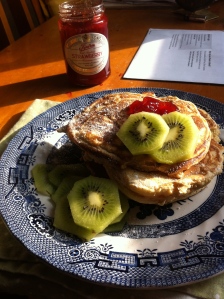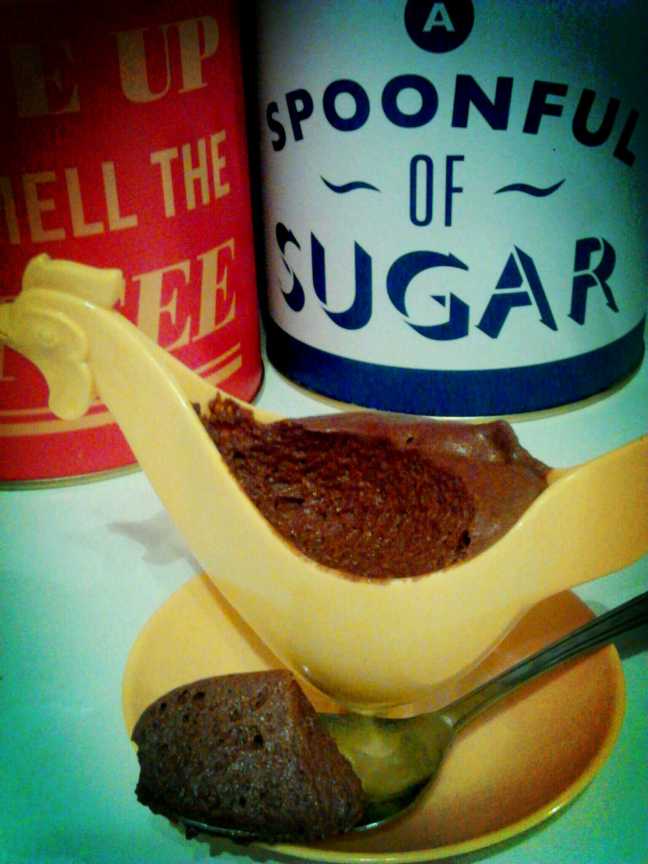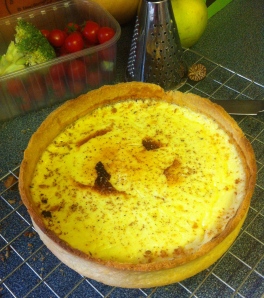 Hand on heart, it is honestly no exaggeration to say that this custard tart has driven me to despair. For weeks I’ve been trying to achieve well baked custard, perfectly seasoned with nutmeg, encased by buttery shortcrust pastry. Many methods, recipes, ingredients, and even baking dishes have been used, and AT LAST: success. I’m not sure if egg custard tart is technically difficult to complete, but I hope that if anyone else has ever similarly struggled, this recipe will give you a disaster-free, fool-proof custard tart.
Hand on heart, it is honestly no exaggeration to say that this custard tart has driven me to despair. For weeks I’ve been trying to achieve well baked custard, perfectly seasoned with nutmeg, encased by buttery shortcrust pastry. Many methods, recipes, ingredients, and even baking dishes have been used, and AT LAST: success. I’m not sure if egg custard tart is technically difficult to complete, but I hope that if anyone else has ever similarly struggled, this recipe will give you a disaster-free, fool-proof custard tart.
When Mary Berry and Paul Hollywood set the tart as a challenge on Great British Bake Off, my dad (who swears/lies that he ‘never watches that show’ when in company) said he had fond childhood memories of it being baked by his mum, and devoured by him and his siblings. So I thought I’d make one. It was terrible (the recipe for sweet pastry came out like a cake batter; then like a half burnt flan) and initiated a series of crippling self doubts; an existential crisis unfolded in the kitchen, leading me to bake two more tarts that day, both of which were failures. With no eggs left, I did the honourable 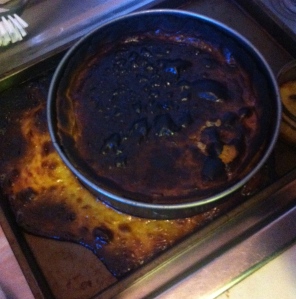 thing: turn to beer and call it a day.
thing: turn to beer and call it a day.
Not to be defeated, the next week I tried again [right]. Mixed results: individual components were fine; together, a disaster. The pastry was too thin – it split in the oven, the custard leaked out, dripped onto the tray and onto the oven, leaving a blackened custard and the smell of charred eggy nutmeg. A similar dearth of eggs, and now a depleted alcohol supply.
Growing desperate, I called my granny and asked how she made it. What could be better than to revive the actual recipe that my dad had fond memories of? The one thing she said to do was “watch it – if it’s in there too long, it’ll come out watery and ruined”. I’m pretty sure I was watching it, but it all happened so fast and before I knew it, a watery shiny substance had flooded the pastry case. Broken, I decided to give custard tarts a rest for a while.
But finally. Finally, nearly a month after that episode of Great British Bake Off aired, I have successfully made an egg custard tart. The only problem is, I don’t really like dairy and I don’t have a sweet tooth, so…I’m not sure if it’s for me.
Ingredients
- 75g butter or margarine
- 150g plain flour
- Cold water, as necessary
- 400ml whole milk
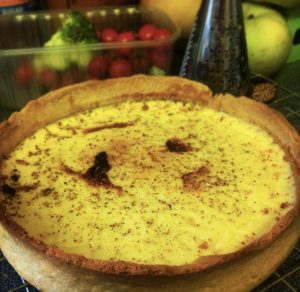
- 4 egg yolks
- 51g caster sugar
- ½ clove of fresh nutmeg, grated finely
Method
- Rub the flour and butter together until fine breadcrumbs form. Add tiny amounts of water gradually, just enough to bring it together as a pastry dough. Cover with clingfilm, and chill in the fridge.
- Heat the oven to 180 degrees.
- Roll out the pastry 2cm wider than the pastry dish, and line the case, leaving the 2cm extra to hang over the side. Place baking beans in the pastry and blind bake for 10 minutes.
- After 10 minutes, remove the baking beans and place the pastry back in the oven to cook through fully for a further 10 minutes.
- Heat the milk over a low heat until it just comes to the boil. Grate in nutmeg and stir.
- Whisk the egg yolks with the sugar in a large bowl, until pale and fluffy. Remove the milk from the heat, and add to the egg yolks, whisking all the time.
- Leave the custard to stand, removing any froth from the top with a spoon.
- Take the pastry case out of the oven, and fill with the custard. Grate more nutmeg over the top, and put into the oven for 20 minutes.
- The custard should dome slightly, and bounce back when touched. It should have some movement, but not be jelly-like. Leave the custard tart to cool in the tin for 10 minutes.
- After this time, cut the excess pastry from around the rim of the dish to give an even crust. Remove the custard tart from the tin, and serve.

